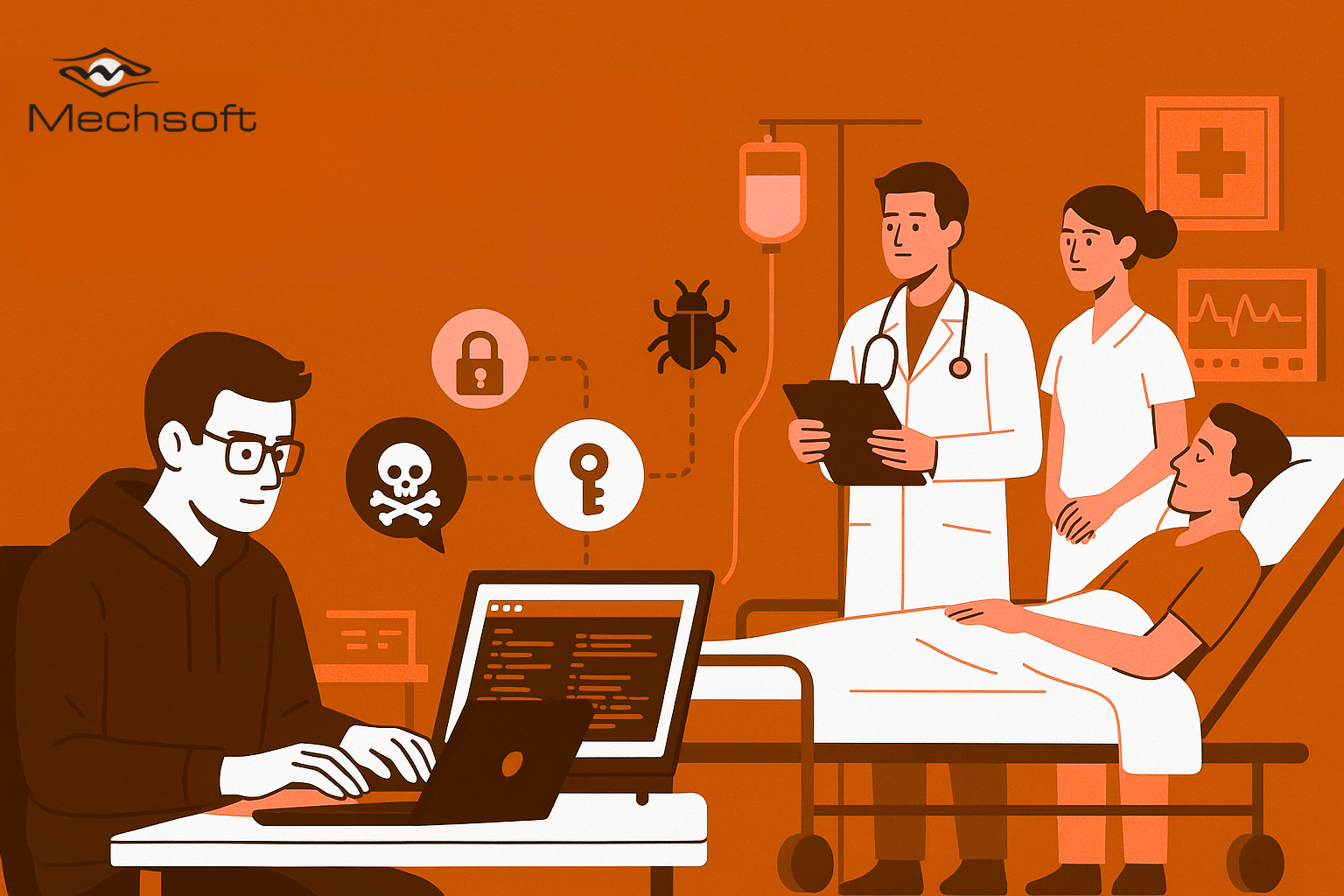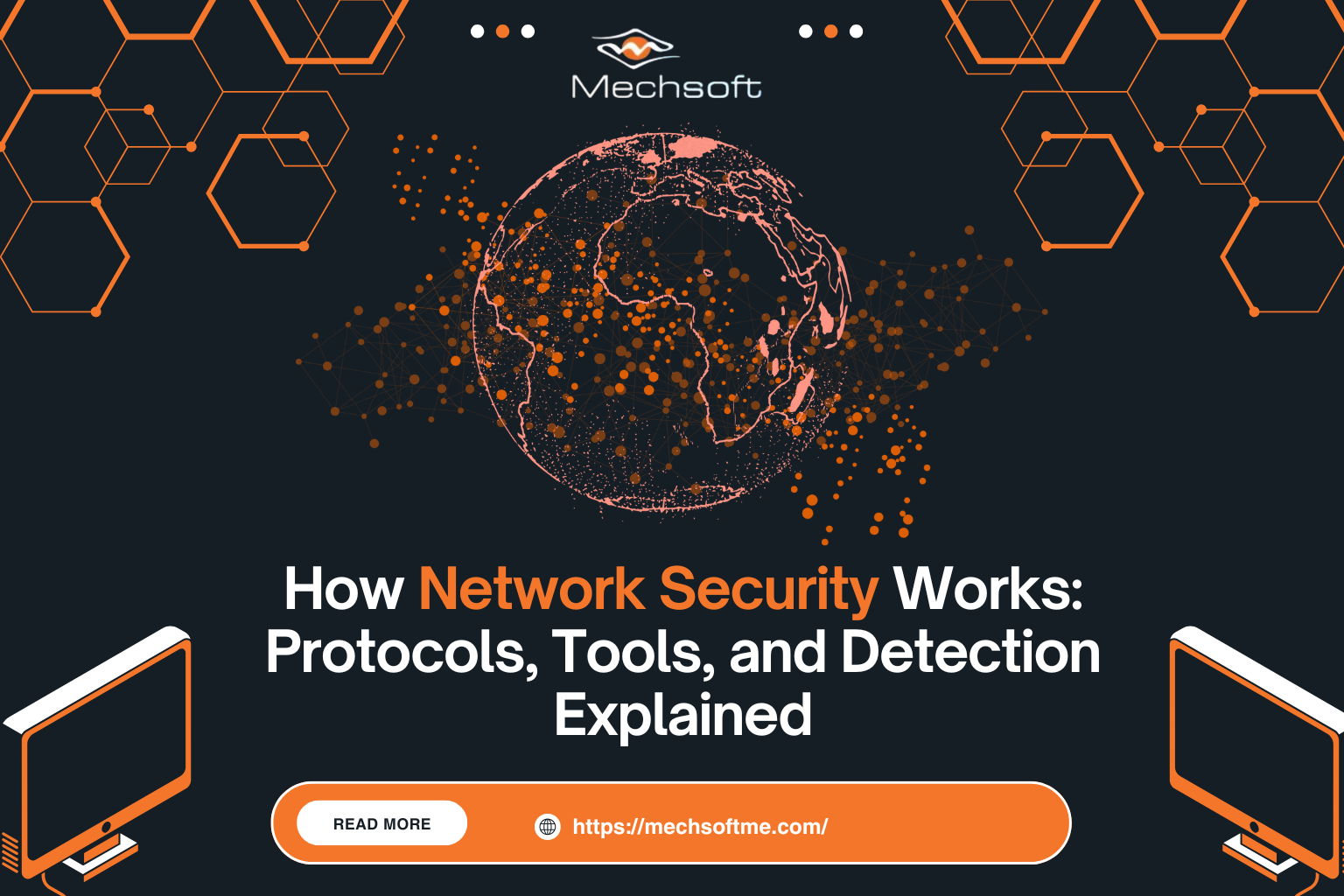Table of Contents
Introduction to Security Operations Centre (SOC)
Apart from its numerous revolutionary achievements, the digital age has made organizations heavily dependent on data and technology.
This very dependency on data has given rise to unprecedented levels of cybersecurity threats for businesses of all sizes.
While cybersecurity experts continue to tackle the concerns as and when they arise, the level of sophistication in cyberattacks keeps increasing. Cybercriminals find novel ways to penetrate digital ecosystems every day.
Security Operations Centre (SOC) functions as a crucial component in mitigating the growing sophisticated threats.
A SOC is a centralized unit responsible for monitoring, detecting, and responding to cybersecurity incidents across an organization’s IT infrastructure. In this article, we will discuss the best practices for SOC operations. To effectively operate a SOC, organizations must have three components:
People
SOC teams comprise cybersecurity professionals specialising in threat detection, incident response, and vulnerability management.
A successful SOC team requires skilled individuals who can work effectively under pressure and possess excellent communication skills. Likewise, an efficient team also has professionals specializing in post-mortem analysis of the attacks to find root causes and possible preventive measures.
Processes
Cybersecurity is a complex mechanism involving multiple tasks that must be carried out meticulously. SOC processes like incident management, threat intelligence, and vulnerability management bring efficiency in carrying out these tasks.
Efficient processes require defined workflows, well-communicated policies, and procedures designed by cybersecurity professionals with comprehensive experience.
Technology
SOC employs various tools and technologies to monitor and detect threats, manage security incidents, and collect and analyse security-related data.
These technologies require timely assessment and upgradation to stay relevant in the evolving environment.
Though you can have these technologies built in-house, a host of Cybersecurity-as-a-Service providers can fulfil your requirements for a fraction of the cost.
Also Read: Benefits Of A Security Operations Center
SOC Best Practices
Like any other division in an IT ecosystem, Security Operations Centre (SOC) also involves certain fundamental procedures and practices.
Here are the best practices for the three major components of a SOC.
SOC Best Practices for People
Training
Consistent training is essential for the SOC staff. Cybersecurity threats are evolving by the day, and staff need to stay updated with new threats and techniques to tackle them.
Moreover, training should be comprehensive, from simulated exercises and tabletop scenarios to participation in cybersecurity events to provide practical experience.
Team Building
Building a cohesive and collaborative SOC team is probably the most important factor for effective threat detection and incident response.
SOC team members must work together seamlessly to detect and respond to threats in as less time as possible.
The key is to have professionals with expertise in different aspects of cybersecurity like threat detection, post-mortem cyberattack analysis, response, mitigation, etc.
Leadership
Effective leadership is critical for a successful SOC team. Leaders must have strong communication skills, provide clear direction, and support their teams’ ongoing development and training.
Similarly, leaders must be capable and equipped enough to make quick and sensible decisions during attacks to activate the entire team and restrict the impact surface as much as possible.
SOC Best Practices for Processes
Incident Response
Incident response is a complex process that involves detecting, analyzing, and responding to security incidents.
A well-defined incident response plan should include escalation procedures, response protocols, communication channels, and documentation.
Moreover, the incident response plan must be tested regularly with practical simulations and evaluated for efficiency after every attack.
Threat Intelligence
The threat intelligence process is designed for analyzing security-related data to identify emerging threats and potential vulnerabilities.
Having a robust threat intelligence program in place is essential for a successful SOC as it helps collect, analyse, and disseminate threat intelligence, ensuring that the SOC can respond to new threats quickly.
More importantly, an efficient threat intelligence process helps reduce the scale of a cyberattack by providing accurate information for quick decisions.
Vulnerability Management
Vulnerability management involves identifying, classifying, and remediating vulnerabilities in an organization’s IT infrastructure.
The process must also include vulnerability assessment and penetration testing (VAPT) to curb the unknown risks within an IT ecosystem.
Additionally, the SOC must maintain an up-to-date inventory of digital and physical computing assets and regularly assess vulnerabilities to prioritize and manage the remediation process.
SOC Best Practices for Technology
Security Information and Event Management (SIEM)
SIEM tools are crucial for SOC operations. They collect and analyze security-related data across the IT infrastructure to identify potential threats and attacks.
SIEM is pivotal in the real-time handling of cybersecurity crises by correlating events and alerting SOC analysts to potential threats. Likewise, SIEM filters useful insights relating to the cybersecurity posture and positioning of the IT ecosystem.
Automation
SOC teams must optimally automate tools to improve efficiency and reduce manual intervention. Automation helps reduce time in responding to threats, thereby limiting the impact surface.
However, designing the automation process itself requires the expertise of cybersecurity and automation professionals.
Thus, soliciting external support from specialized Cybersecurity-as-a-Service providers like Mechsoft for building automation processes is a no-brainer.
Integration
Every SOC has multiple technologies and systems at its disposal, like SIEM, vulnerability management, incident response tools, cloud security systems, and more.
Integrating all these available cybersecurity resources is crucial to streamline SOC operations.
Smooth integration allows SOC teams to detect, prioritize, and respond to threats more effectively and minimize cybersecurity damage to a great extent.
How Mechsoft Can Be Your Best Security Operations Centre (SOC) Partner
Cybersecurity is a sophisticated process that requires constant monitoring, vigilance, and evaluation. Running a security operations centre (SOC) requires several digital security tools for different functions, which may be expensive for many businesses.
Even if you can establish a robust SOC, considering the costs and personnel involved, it may not be optimal for your organization.
Mechsoft Technologies offers end-to-end cybersecurity solutions to businesses in the UAE. We employ top-notch technologies and the best cybersecurity professionals to offer industry-leading services to our clients.
Mechsoft can function as the perfect SOC for your cybersecurity requirements without you having to spend a fortune on sophisticated technologies and systems.
So, get in touch with our expert engineers today and build an impenetrable fortress for your IT ecosystem.



